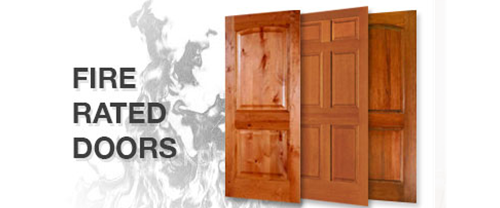
Article by eGardening Today
A building owner has a huge legal responsibility to make sure fire doors are installed at all proper points in a given building. Every state will have different specifics, but generally most buildings must have fire doors located at specific areas. Common placements include a stairwell, where employees may need to evacuate in the event of a fire.
If you own a building, no matter what state you’re in, these important details about fire doors may save lives.
How a Fire Door Works
A fire door is like damming a river. It’s meant to stop the spread of a fire and provide a certain safe route, or egress, in and out of a building. They are usually closed at all times, although some doors are rigged to remain open during normal operating hours. Such doors are typically equipped with an electromagnet, which is de-energized during a fire when the power is cut. The door shuts and creates a kind of seal that keeps smoke and flame from spreading.
Hazards
Most doors function as intended, but problems occur frequently when fire doors are used in a method contrary to their intended use. Stoppers are a good example. If the door is designed to remain closed, but a door stopper leaves it open, fire can spread into the safe space because a breach is created.
Most regions have an annual inspection quota that must be met, and failure to do so can result in outdated technology that may not function as well.
Also, be sure that the gap below the door does not exceed one or two inches. The primary responsibility of a fire door is to stop the spread of a fire, and doors are tested to contain fires and smoke at ¾ of an inch.